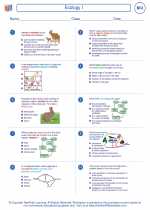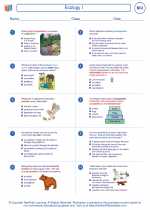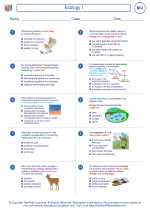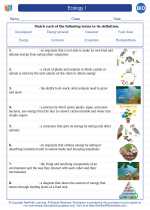Concentration
Concentration refers to the amount of a substance in a given volume of solution. It is an important concept in biology and chemistry, as it helps in understanding the strength or potency of a solution.
Types of Concentration
There are several ways to express concentration:
- Mass concentration: This is the mass of solute present in a given volume of solution.
- Molar concentration: This is the number of moles of solute present in one liter of solution.
- Volume concentration: This is the volume of solute present in a given volume of solution.
Calculating Concentration
Concentration can be calculated using the following formulas:
- Mass concentration: Mass concentration (g/L) = mass of solute (g) / volume of solution (L)
- Molar concentration: Molar concentration (mol/L) = moles of solute / volume of solution (L)
- Volume concentration: Volume concentration = volume of solute / volume of solution
Importance of Concentration in Biology
In biological systems, concentration is crucial for maintaining homeostasis, regulating metabolic reactions, and understanding the impact of substances on living organisms. For example, the concentration of ions such as sodium, potassium, and calcium is tightly regulated in cells to ensure proper functioning of various cellular processes.
Study Guide
Here are some key points to remember when studying concentration:
- Understand the different types of concentration and how they are expressed.
- Practice calculating concentration using the appropriate formulas.
- Learn the significance of concentration in biological systems and its role in maintaining equilibrium.
- Explore how changes in concentration can affect biological processes and organisms.
By mastering the concept of concentration, you'll be able to analyze and interpret various biological and chemical processes with greater insight.
.◂Biology Worksheets and Study Guides High School. Ecology I

 Worksheet/Answer key
Worksheet/Answer key
 Worksheet/Answer key
Worksheet/Answer key
 Worksheet/Answer key
Worksheet/Answer key
 Vocabulary/Answer key
Vocabulary/Answer key
 Vocabulary/Answer key
Vocabulary/Answer key
